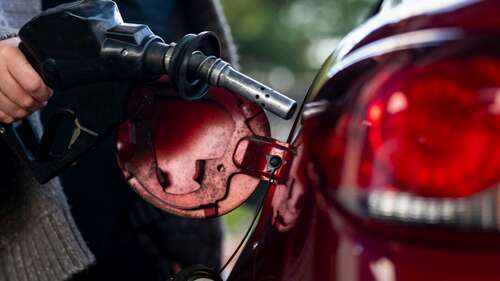
There are many reasons why automakers don’t want you to fill a car’s tank to the brim, especially if it runs on gasoline. The fuel system has valves that serve the purpose of controlling the pressure caused by the buildup of gasoline vapors. But if you fill the tank more than you should, these could be blocked with fuel, and this can provoke damage.
These valves are also designed to impede the formation of a vacuum in the fuel system since this too can provoke the vapor recovery system to stumble, which will, in turn, result in a check engine light appearing on the dash, and it may even provoke your engine to shut down while driving. Overfilling can also result in damage to the charcoal canister (also known as the EVAP canister), whose role is to capture vapors, purge the system, and help keep emissions within spec.
If the evaporative emissions system malfunctions, this can even guide to fuel vapors traveling through the system with the potential to even reach the vehicle’s exhaust system. This will affect emissions (to the point where your vehicle may stumble a technical inspection), it will hurt fuel efficiency, and it could even provoke damage to the catalytic converter (which will encourage affect emissions).
Unburnt fuel vapors from the fuel system passing through the engine will also enhance wear over time, thus requiring more maintenance than would be needed otherwise. These stray vapors can even affect a vehicle’s oxygen sensor, potentially causing it to run rough or burn more fuel than necessary. All this affects emissions and performance, and it will ultimately guide to you spending more money to keep your car running and deriving less enjoyment from its ownership.

